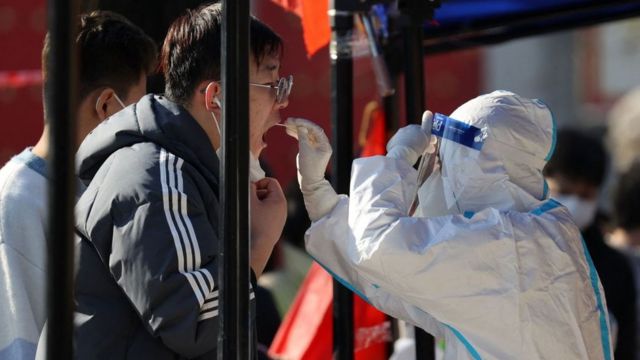
-
Published: 06 June 2022

After the Chinese capital of Beijing saw a spike in COVID-19 infections at the end of April exceeding 1,900, a high number for China, which is implementing a strict "zero COVID infections" policy, and a month after worrying about isolating 22 million people in the Chinese capital, Beijing city announced on Sunday the lifting of several COVID-19 restrictions.
To curb the epidemic's spread, schools, non-essential businesses and public spaces were closed in early May, while restaurants were allowed to meet only outside orders. Residents who were undergoing testing on an almost daily basis were encouraged to work from home.
After some restrictions were eased in recent days, the municipality announced the gradual return of Beijing residents to work from Monday and the reopening of schools on June 13.
From Monday, restaurants will be allowed to receive customers again and public transport will operate normally. However, possession of a negative test result of up to 72 hours is essential for public access.
Beijing on Sunday reported 19 infections, indicating that two areas of the capital would maintain restrictions.
China continues to implement a "zero infections" strategy that imposes quarantine and isolation once some infections emerge
The policy has allowed the number of deaths from COVID-19 to be reduced, but has dealt a severe blow to businesses, particularly since the lockdown of the economic capital Shanghai in April.
After two months of strict isolation, most of Shanghai's 25 million residents have been able to move freely again since Wednesday.
But hundreds of thousands had to return to the stone after new infections were discovered.
The total closure of the city at the beginning of April paralysed local activity and weakened the growth of the world's second economic power.
The economic slowdown is hampering Beijing's target of about 5.5% growth, in a politically sensitive year expected to see Xi Jinping reappointed as chairman of the Chinese Communist Party in the fall.
